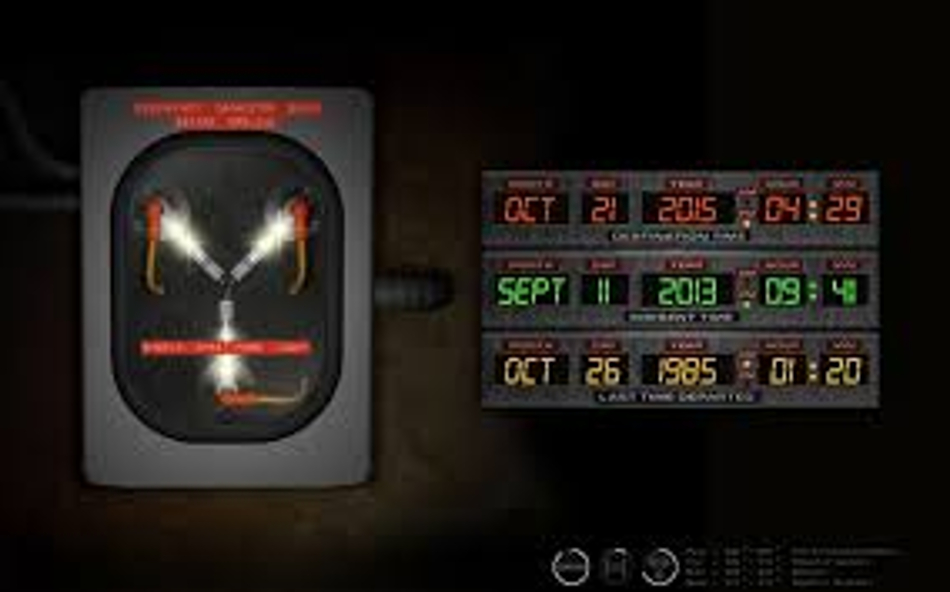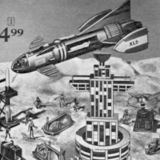A common thread of discussion for collectors who buy art from me, and which runs through many sites dealing with collectibles, concerns the factors that make certain types of “X” (coins, stamps, comics, art, etc) less traded than others, despite their availability, or commonality.

NEL pb, 1985 (sold)
A Collector will say to me, for example, “I just love British Horror from the 1980s! You know, the kind of lurid, garish “over the top” kind of grand guignol horror cover art that a handful of British paperback publishers loved to use from the 60s on. You seem to be the only source for it! Why don’t I see more of it bought and sold? Am I the only one interested in it?”
This collector is not alone. For many niche collecting areas, and despite prospective buyers, there is very little active buying, selling and trading going on. And for many areas, but specifically the one I’m most interested in – illustrative genre art – you certainly can’t blame it on rarity! Publishers like New English Library, Grafton, and Sphere commissioned hundreds of horror cover paintings, 1960-1980 for novels by authors like Guy N. Smith, Richard Laymon, Peter Tremayne and others.

And there have been literally hundreds, if not thousands of cover paintings produced over the last 50 years to illustrate Romance novels. I bet you know exactly what they look like, even if I didn’t show a couple here. Yet few examples are ever available in the marketplace.
One commonly offered explanation, and the one favored by economic textbooks (as I recall) is this: If the demand were there, the supply would rise to meet it. But in my view, there is another and perhaps more accurate way to look at an “under-active” marketplace: if the fair market values (FMVs) were higher, the market would be more active, and you’d find many more examples for sale.
Visibility, Access and Availability Drives Activity
Values are not increasing not because of low demand – but because there are so few good ones for sale. Dealers like myself need quantities of artworks in particular categories, in order to create an active buy/sell market. So do auction houses – even eBay. But with so few bought and sold, prices stagnate. Think about this. People Don’t Collect What They Can’t Find
The more art collectors see and hear about “X” art, the more visible the collectors are, the more attractive the collecting area becomes. Collectors like being able to find art they want, and they like having choices. Other collectors see the choices you’ve made, and you see theirs. Pretty soon, art changes hands, and with each turn – values rise. The rising popularity of a new emerging area of collecting attracts new collectors. They jump into the market, motivated by curiosity or the satisfaction of collecting something “special” and different. An active market is an optimistic market.
How Inactivity Leads to Price Stagnation and Lowered Demand

Let’s use contemporary Romance cover art – so underrepresented in my own, everyone else’s inventory – for our case study.

Few Romance originals are on offer, and the genre has not shown any significant increases in FMV over the past years, while the prices for Pulp illustrations, pin-ups, Spicies and (hooray!) Science Fiction and Fantasy have soared. Yet Romance covers, for the most part, are beautifully detailed and composed, colorful, frequently recognizable in style of expression (despite the art direction), and in the rendering of the subject matter can be quite sensual (very close relatives to pin-ups! ) as well as historically interesting.

Everyone who sees these originals says they are appealing, and in their way, just as much visual fun as other genre art. So where are they?
What is so different about these different illustration genres that cause some to fail, while others suceed, in the collecting marketplace? The reasons are many and complex and vary from genre to genre – and could be (and probably will be) the subject for a future blog. Meanwhile, suffice it to say having a good, and visible supply at prices that allow new collectors to enter the market – to my mind – is crucial.
And why isn’t there a good supply at modest prices? Ahhhhh. Well…….
Call it a vicious cycle that rewards no one, but as a consequence of the marketplace success of one genre, compared to another, many successful illustrators, or their heirs, have lurking in their closets dozens of original Romance covers . . . and they aren’t they begging me to sell them! Why? Why isn’t Heritage Auctions flooded with examples? Simple. The prices collectors are willing to pay for them are too low to suit the sellers. In other words, not enough artists are willing to sell them at prices collectors will pay . . . to get a marketplace going.
Artists’ views toward their Romance covers reflect marketplace realities, and in the case of “under-appreciated” genres, retard availability. Why should artists make more of their “under-appreciated” art available, when FMVs are so low, and furthermore….offering them might adversely affect the prices they are getting for their other art? Why make it available for a pittance? It’s insulting! And so this is how we come to have so few good choices, and poor availability, which – in turn – deters us from establishing and maintaining an active marketplace for such art.
Can “Vicious Cycles” be Interrupted?
That’s a good question. I think it can: but it takes SELLERS cooperation to provide supply, not just BUYERS interest to provide demand. In the case of Romance art, it’s the artists’ reluctance to sell that is stifling the growth of this and other genre illustrations – so that all we (collectors and dealers alike) have to rely on is the natural increase in this area as all prices change. We all have to wait until “Romance” and other similarly “under-appreciated” material undergoes the kind of natural transformation in FMV prices relative to other genre art – to get more art on the market. And that could be a very long wait.











Great article Jane. I think many artists end up shooting themselves in the foot by holding back the bulk of their artwork in the hope of higher prices. Far smarter in my view for an artist to regularly sell down their stockroom holdings, building demand amongst collectors and justifying higher prices for the best pieces.
I personally find it difficult to justify taking a “risk” on an expensive piece by an artist whose works are rarely sold. The price I am willing to pay today is inevitably going to be influenced by the potential for resale down the track.
One solution to the supply logjam seems to be the estate sale. I think the disposal of the huge Martignette collection helped establish and increase prices for a number of illustrators, including some romance and pinup genre specialists.